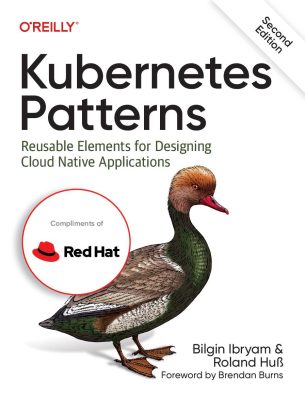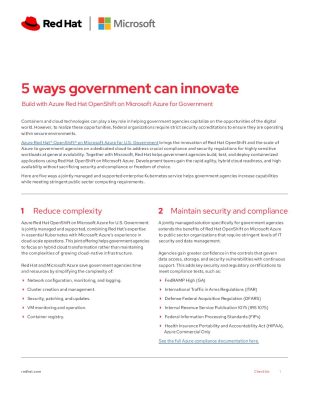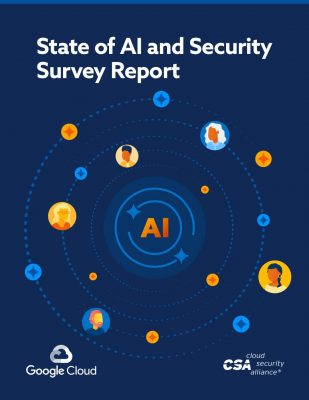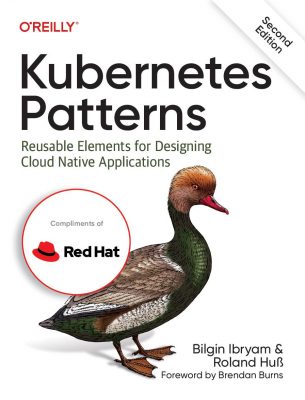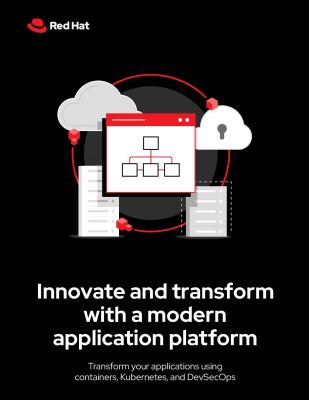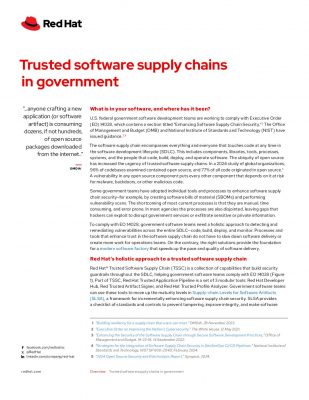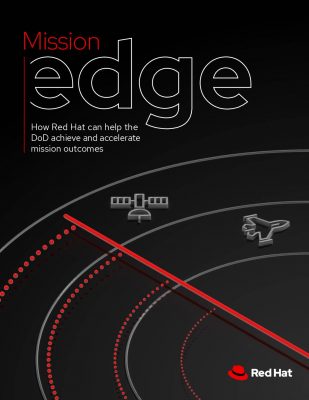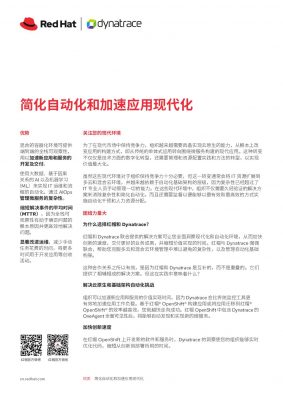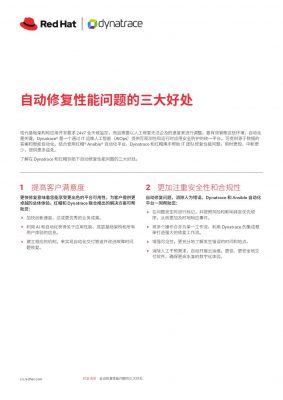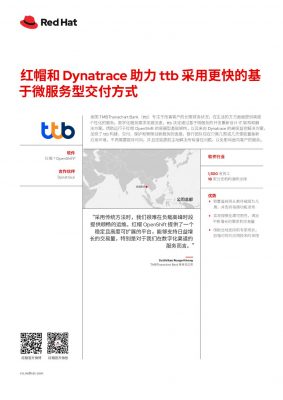Highlights:
- Cloud application security is confronted by an array of threats that constantly challenge the integrity and confidentiality of data stored and accessed via the cloud.
- Use role-based access control (RBAC) to restrict permissions and access rights based on job roles, ensuring that only authorized personnel can access specific data and functionalities.
Cloud computing has become the backbone of modern businesses in the evolving digital landscape. With unparalleled scalability, flexibility, and accessibility, the cloud empowers organizations to streamline operations, enhance productivity, and drive innovation. However, this digital revolution comes with its own set of security challenges, especially concerning cloud application security.
As businesses increasingly rely on cloud-based services, ensuring protection with robust security measures becomes paramount to safeguard sensitive information and retain the hard-earned customer’s trust.
What is Cloud Application Security?
It refers to the comprehensive set of practices, tools, and protocols designed to protect cloud-native apps, data, and infrastructure from various cyber threats and unauthorized access. It encompasses a range of measures to secure the entire lifecycle of cloud-based applications, including their development, deployment, and ongoing operations. The primary goal of cloud-native application security is to safeguard sensitive information stored or transmitted through these applications while ensuring data integrity, confidentiality, and availability.
This security discipline involves implementing robust data encryption methods, access controls, and authentication mechanisms to prevent unauthorized access to sensitive data. It also involves continuous monitoring, threat detection, and incident response strategies to swiftly identify and mitigate security vulnerabilities or breaches for securing cloud applications.
Cloud security is a dynamic and evolving sphere that addresses the unique challenges posed by the distributed and interconnected nature of cloud-based services. It aims to provide a secure environment for businesses to leverage the benefits of cloud computing without compromising on data protection.
With a surge in data migration to cloud platforms, safeguarding sensitive information from evolving cyber threats is no longer an option but a critical necessity.
Need for Cloud Application Security
The need for robust cloud asset security has never been more critical in today’s digital landscape. As businesses increasingly transition to the cloud, the volume of sensitive data stored and processed within cloud-based applications continues to surge.
This data encompasses everything from confidential customer information to proprietary business strategies, making it susceptible to cyber threats and data loss. Without adequate cloud application security solutions in place, these valuable assets become vulnerable to various malicious activities, including data breaches, unauthorized access, and cyberattacks.
The repercussions of such security lapses extend beyond financial losses, often resulting in tarnished reputations, loss of customer trust, and legal ramifications due to non-compliance with data protection regulations. Therefore, ensuring stringent cloud application security isn’t merely an option but an indispensable requirement to safeguard the integrity, confidentiality, and availability of critical business data in the digital realm.
Moreover, the dynamic nature of cloud computing, characterized by its scalability and accessibility, introduces a multitude of potential vulnerabilities. The distributed nature of cloud infrastructure platforms, involving multiple interconnected systems and shared resources, amplifies the attack surface, presenting numerous entry points for cyber threats.
Additionally, the constantly evolving threat landscape, with sophisticated cybercriminal tactics and ever-expanding attack vectors, necessitates continuous vigilance and a proactive cloud application security framework. Organizations must recognize the need to fortify their cloud applications against potential threats by implementing robust security protocols, encryption mechanisms, access controls, and regular security assessments. Ultimately, prioritizing cloud application security isn’t merely a preemptive measure but a fundamental aspect of responsible business operations in the digital age.
Understanding the imperative of cloud security raises concern over the perils of emerging threats that demand utmost caution and preparedness.
Cloud Application Security Threats
Securing cloud assets is confronted by an array of threats that constantly challenge the integrity and confidentiality of data stored and accessed. Some pervasive threats can become costly data breaches, where unauthorized access to sensitive information occurs, leading to potential leaks of customer data, intellectual property, or financial records.
These breaches can stem from various sources, including phishing attacks, weak authentication measures, or vulnerabilities in the cloud application security infrastructure, thereby exposing the vulnerabilities inherent in cloud-based systems.
Furthermore, another prevalent threat to cloud application security is Distributed Denial of Service (DDoS) attacks, which aim to overwhelm cloud servers and networks with an influx of traffic, rendering services inaccessible to legitimate users. These attacks disrupt operations, causing downtime, financial losses, and reputational damage to businesses relying on cloud application security services.
Other threats, such as malware injections, insider threats, and misconfigured cloud settings, pose significant risks, emphasizing robust security protocols and proactive measures to counter these ever-evolving threats in the cloud computing application security domain.
Securing the digital frontier is paramount in an era where modern cloud applications reign supreme. Embracing best suitable practices is mandatory to fortify the integrity and resilience of cloud assets.
Cloud Application Security Best Practices
Securing cloud assets is critical to maintaining data integrity, protecting crucial information, and ensuring a resilient infrastructure. Here are some best practices for ensuring robust application security:
-
Data encryption
Encrypt data both at rest and in transit. Utilize secure algorithms for cloud computing and its applications to ensure safer communication channels between users and the data asset.
-
Access controls
Enforce strict access control mechanisms. Use role-based access control (RBAC) to restrict permissions and access rights based on job roles, ensuring that only authorized personnel can access specific data and functionalities.
-
Regular security updates and patch management
Stay updated with security patches and updates provided by the cloud service providers. Promptly apply these updates to address vulnerabilities and enhance the posture of your cloud application security tools.
-
Multi-factor authentication (MFA)
Enforce multi-factor authentication for all users accessing cloud applications. This adds an extra layer of security beyond passwords, significantly reducing the risk of unauthorized access.
-
Compliance and regulations adherence
Ensure compliance with relevant industry standards and regulations (such as GDPR and HIPAA) applicable to your organization. Adhering to these standards helps in maintaining data privacy and cloud-based application security.
-
Data backups and disaster recovery plans
Regularly back up data stored in the cloud and have a comprehensive disaster recovery plan in place. This cloud application data security practice ensures that your organization can recover assets and resume operations with minimal disruption, even in the event of a security breach or data loss.
-
Reputable cloud service providers (CSPs)
Select CSPs that prioritize security measures. Assess the security protocols, encryption methods, multi-cloud data protection policies, and compliance certifications of potential providers before partnering with them.
-
Zero-trust security model
Adopt a zero-trust data security approach, where no entity or user is inherently trusted by default, and continuous verification is required for access.
The above-mentioned cloud application security checklist helps prevent lateral movement by attackers within the cloud environment.
Takeaway
Emerging technologies like AI and ML are being integrated into security systems to predict and prevent cyber threats proactively. Zero-trust security models, where no entity is inherently trusted, are gaining traction, providing enhanced protection in an increasingly interconnected digital environment.
While cloud applications offer unparalleled advantages, the potential risks cannot be overlooked. Safeguarding significant data and ensuring robust security measures are imperative for businesses operating in the cloud. A proactive cloud application security approach, coupled with continuous evaluation and adaptation to new security paradigms, will mitigate risks and foster a secure digital future.
Explore our extensive collection of cloud-related whitepapers to enhance your knowledge and expertise.
